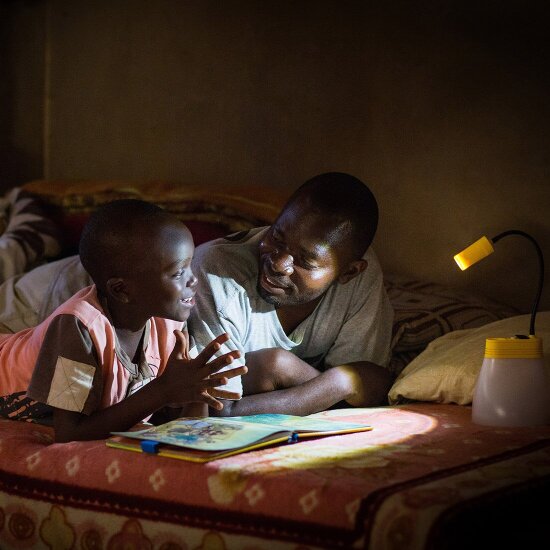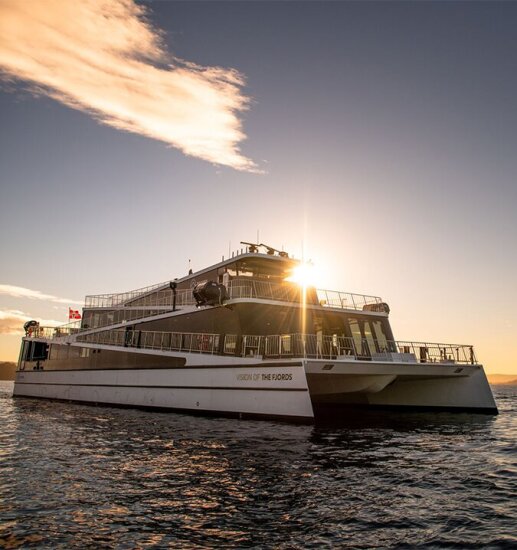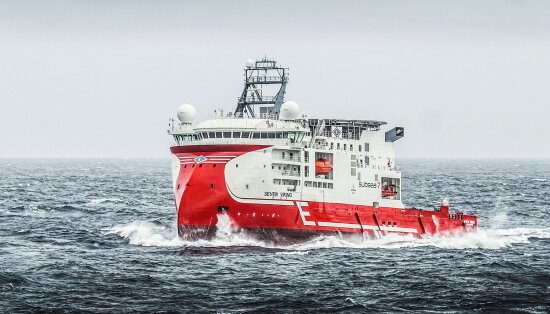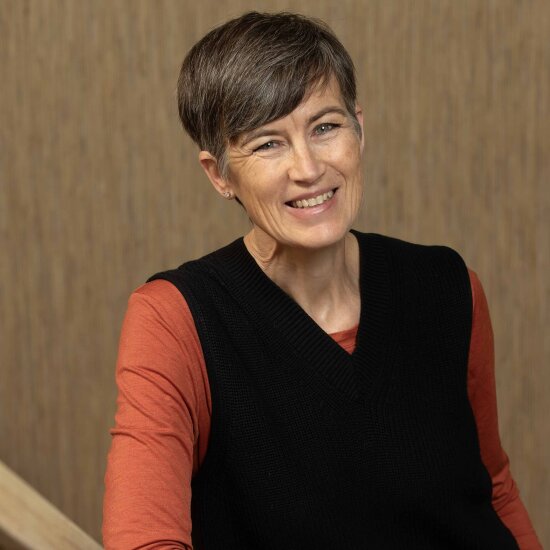Industrial design is the development of industrially manufactured products and can be a major contributor to the success of a product. The industrial designer ensures that the product is functional, durable, user-friendly and aesthetically appealing. The designer is involved in the process from idea to finished product, which requires insight into the users’ needs, knowledge of aesthetics, materials, technological possibilities and production techniques.
Understanding of market demands is also vital when branding and launching a product successfully. Industrial designers usually collaborate with engineers and other design disciplines, such as graphic designers, interaction designers and service designers to create a holistic product.
Designed by Norwegian life
Previously, industrial design - often also referred to as product design - has been associated with everyday products, whether it is toothbrushes, kitchen equipment, bikes, cars or trains.
According to The Oslo School of Architecture, one of the leading organisations that educate industrial designers in Norway, the field now also includes more complex products that often involve modern production processes and digital technology.
Nordic Design Resource, a study done by the Nordic Design organisations, shows that 17 % of the design professionals in Norway work with product development and industrial design, across a variety of industries and fields.

Photo: Eker design
From toothbrushes to infrastructure
Norway’s natural environment, such as our vast coastline, the sea which is abundant in both fish and oil, our extreme weather conditions, mountainous terrain and our love of the outdoors, have all influenced the Norwegian economy, employment market and innovation needs, and thereby the design industry.
Norwegian industrial designers have been part of shaping the country’s infrastructure such as trains, ships and electric mobility and brought unique solutions to the offshore and maritime industries. Our homes have been equipped with everything from wood burners from Jøtul, coffee machines from Wilfa, porcelain from Figgjo and toothbrushes from Jordan, all leading Norwegian companies that have used designers for many years to create highly successful products.
Industrial designers have also had a hand in skiing and sports equipment, leisure boats and most of the things we need to enjoy the great outdoors. Our children grow up in prams, baby carriers and high chairs from manufacturer Stokke, all designed by some of Norway’s top industrial designers.

Photo: K8 Industridesign / Taral Jansen
Embracing change
When oil was discovered in the North Sea in 1969, large parts of Norwegian industry, especially within shipbuilding, learned to adapt to a new type of business. Oil exploration also spurred on a massive technological development, and industrial designers were a big part of this growth.
We are now seeing a shift away from fossil fuels to more sustainable and renewable energy, both at land at sea. Yet again, designers are at the forefront of this development, transferring knowledge and expertise from the offshore industry, and a growing number of designers are making environmental and social awareness a natural part of their solutions.
Greener shipping
For example, there is major developments in greener shipping. Pollution from increasing cruise ship tourism is threating world heritage Norwegian fjords. The Norwegian government is bringing in new laws to reduce emissions, and electrical alternatives are emerging; like the award-winning sightseeing boat Vision of the Fjords, with a stunning, universal design and a silent electric hybrid engine.
In another big green design project, maritime cluster NCE Maritime CleanTech is collaborating with Eker Design to explore how cruise ships can operate in Norwegian fjords and other vulnerable areas with minimal emissions.

New solutions to old problems
Other Norwegian industrial designers are also suggesting new and sustainable solutions. With help from EGGS Design, Jets Group have developed a vacuum toilet that uses air instead of water to transport sewage, reducing the water usage by 90 %. Solar powered products like the SunBell from K8 industridesign and Bright Products are providing millions of people in areas without electricity around the world with safety, light and mobile charging solutions.
The multinational, not-for-profit company Laerdal Medical has built up a strong in-house design team to make simulation and training products that help saves the lives of mothers and newborns in low-income countries.
Challenging traditional industry
Design agencies and in-house design teams are spread all over Norway, and cities like Trondheim, Ålesund, Stavanger and Bergen are challenging Oslo in terms of innovation. Despite a healthy dose of friendly competition, the collaboration between designers across the country is strong, encouraging teamwork to strengthen the profession, as can be seen at the new Industrial Design Conference. Common to all the designers is that they keep challenging the traditional industry by bringing in new ideas that can be beneficial for the everyday user and good for business, the environment and society.
For more information on the Norwegian industrial design scene, get in touch with DOGA or ND Norske Designere – the association for industrial designers, interaction designers and service designers in Norway.

